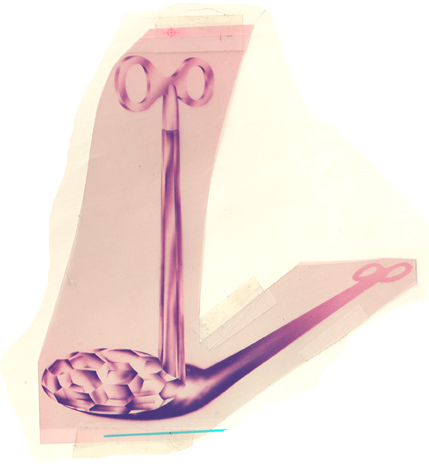 En route to making a music video of Windrum’s Never Say Die Rap (which premiered here) I’ve been practicing a lot, recording vocal tracks over the music loop. Here’s a reasonably decent audio version of it. Volume alert: the audio will autoplay at a strong volume, so adjust your audio equipment accordingly.
En route to making a music video of Windrum’s Never Say Die Rap (which premiered here) I’ve been practicing a lot, recording vocal tracks over the music loop. Here’s a reasonably decent audio version of it. Volume alert: the audio will autoplay at a strong volume, so adjust your audio equipment accordingly.
Windrum’s Never Say Die Rap Studio Audio
For anyone interested in the process and its technicalia, read on:
The Process
Doing this stuff draws upon musical and software skills. Since I used to play drums professionally I’ve got a leg up—which really and only means that I get to use my ears to identify how crummy a job I’d been doing rapping until committing to audio (distinct from the premier live performance). It’s one thing to know about and feel syncopation with drumsticks and pedals; it’s quite another to control syncopation with the voice, especially to the accompaniment of a complex, thickly layered percussive soundtrack. I’m a perfectionist, and this track ain’t perfect—but it’s only a stepping stone to the video recording and it’s serving its purpose.
I vividly recall the moments during which I’ve been gifted with major insights into all this end-of-life work. But don’t ask me where when or how the idea to create and incorporate a rap arose. I truly don’t remember anything beyond that it occurred in my home office during the early fall of 2012 coincident with working on the development of Windrum’s Matrix of Dying Terms. I can say, however, that—like a child—now that it’s here, it’s here to stay.
The soundtrack loop is called Danger Zone by DJ Buzzword, a hip up-tempo loop you can find here. I listened to dozens of loops from Buzzword’s catalog, which I found serendipitously via a Google search, and knew immediately that Danger Zone (such an appropriate name for my topic, eh?) was the one—provided I doctored (haha) it. I processed it twice, slowing it way down, then changing the pitch. Danger Zone’s pulse is anchored by a tonic pitch so I dropped the loop to a key that I could sing to (it’s actually a touch higher than is comfortable but any lower and the pulse’s tonality disintegrates). I really like how thick the lows have become. If you can, listen to the Rap track through a good sound system or headphones and loud enough to hear it all.
Next I opened the loop in Apple’s GarageBand program and added some spare accompanying parts. I use “found” sounds and instruments, stuff Apple includes with Garage Band. In almost all cases I orchestrated the arrangement so that these additions arise between rap lines. Toward the end I layered some behind the lyrics. I added 3 elements:
• a “whirring” chordal sound (found)
• a deep bass tonic note
• a stepping melodic phrase (I typed the phrase as a rhythm into the onscreen piano keyboard in real time, applied a GarageBand preset instrument to the input and then processed it with echo. For its second appearance at the end of the rap I drag-copied it several times so it becomes iterative. There was some serendipity on this one; the preset made chords of each single note’s input. Tres cool.)
Basically this is just sonic collage, and great fun!
I exported the composition to a sound file, then opened it in Amadeus Pro, a sound editor. There I slowed it another 2.5% or so to make rapping to it manageable (I had to run it up-tempo for the Ignite Denver talk in order to time it exactly to 2 minutes and 8 slides). The few percentage points tempo change really does make all the difference. Rapping takes a lot of air…
Recording the vocal tracks required that I monitor the loop through headphones while recording the rap with my nifty studio-quality Snowball USB microphone—which does a superb job. I recorded a batch of rap tracks and wound up combining them, cherry picking the best performance for each verse from among them, duplicating a single tag phrase throughout, and merging tracks. I obtained the virtual chorus near the end by merging a batch of tracks in the original audio file into one, then pasting that merged phrase into a separate track in the build file. All vocal tracks have a bit of reverb applied.
Lastly, I precede my iteration of DangerZone and the Rap with DJ Buzzword’s original. The contrast is pretty cool.
The Keynote
The faceted keynote (windup key) harkens back to my college years (~1971) when I played in a band called Lucky and The Windups with Tony Hagins (guitar) and John Gould (bass). Tony said that “lucky windup” referred to a joint (the kind that’s now legal here in Colorado); maybe just in his own lexicon. Anyway I had the idea to combine a musical note and a windup key atop its staff. I later simplified the rendering when I started my first freelance graphic design office circa 1980, Keynote Design (double entendre). I’ve kept this film of the original faceted keynote in my file for all of these years.
